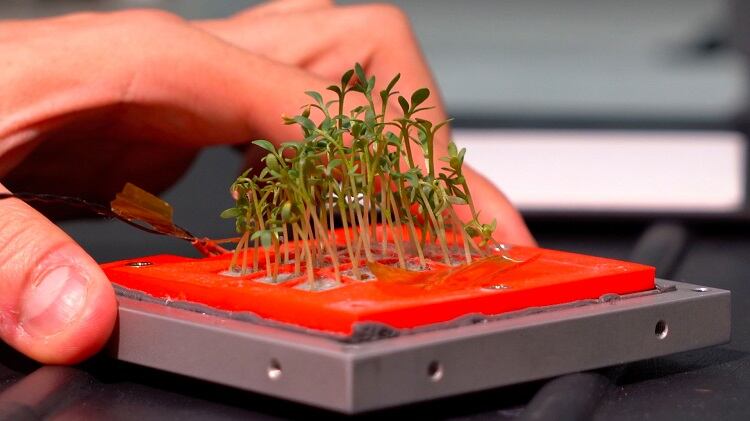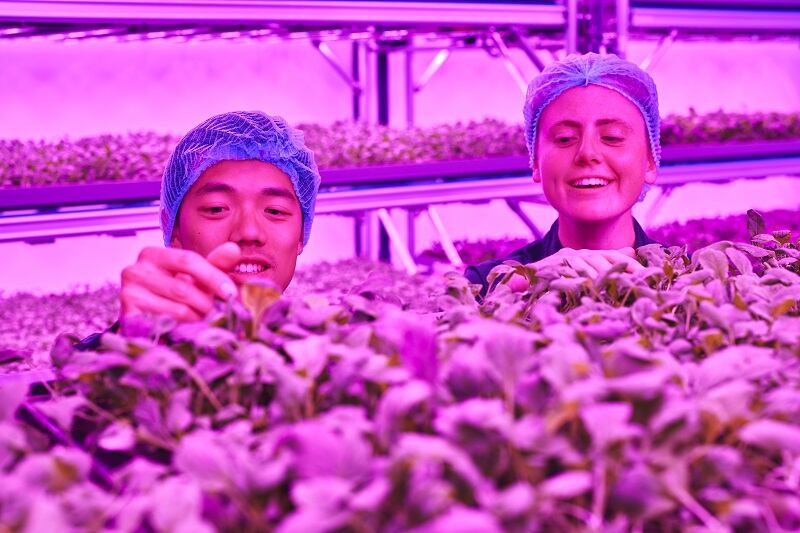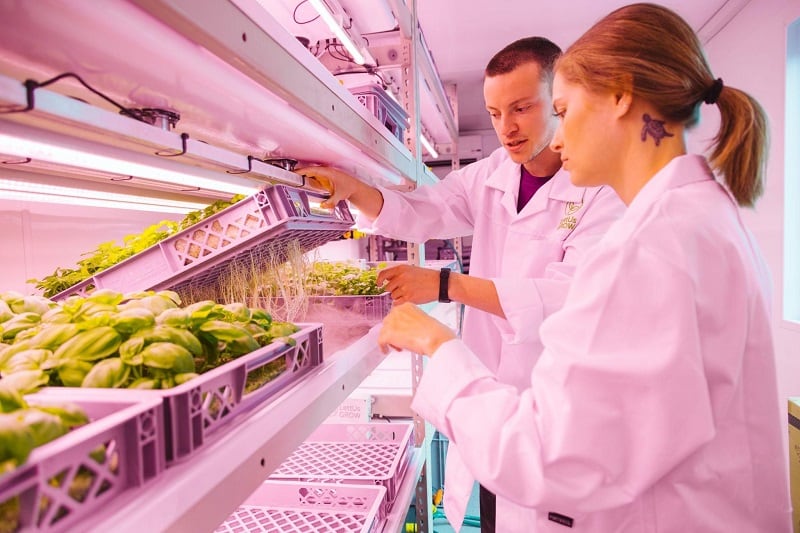The Italian designed micro garden, measuring 30 x 10 x 10 centimetres, launched into orbit on the ESA’s VEGA-C Vector from Kourou in French Guinea last month.
Scientists contributing to its creation came the Italian National Agency for New Technologies, Energy and Sustainable Economic Development (ENEA), Federico II University of Naples, Sapienza University of Rome, and the Italian Space Agency (ASI).
The garden is growing cress, an edible herb rich in vitamins A, C, and K, as well as omega-3 fatty acids.
Coined GREENCube, the garden is based on closed-cycle hydroponics technology and fitted with lighting systems as well as temperature and humidity control to meet the ‘restrictive’ requirements of space environments.
GREENCube is also equipped with a system of hi-tech sensors for remote monitoring. Data related to plant growth and health will be transmitted, in ‘total autonomy’, back to Earth.
The technology is designed to withstand extreme conditions with ‘high’ productivity for the 20-day experiment period.
According to Luca Nardi from ENEA Biotechnology Laboratory, developing solutions for fresh food can help support crew from a nutrition perspective.
“Space research is focusing on the development of bio-regenerative systems to support life in space; plants play a key role as a source of fresh food to supplement pre-packaged food rations and ensure a balanced nutritional intake, [which is] essential for human survival in difficult environmental conditions.
“Growing small plants in the absence of soil, such as GREENCube, can play a key role in meeting the food needs of the crew, minimising operating time and avoiding contamination, thanks to the automated control of environmental conditions.”
Growing plants in space could also benefit the crew from a mental health perspective, Nardi suggested. “[There is a potential] psychological benefit for the crew, deriving from the cultivation and consumption of fresh vegetables that recall the familiarity of terrestrial habits and environments to cope with the psychological stress to which astronauts are subject, due to the conditions of isolation in a totally artificial environment.”
During the mission, cultivation experiments back on Earth will be conducted concurrently within a replica system to analyse the effects of radiation, low pressure and microgravity on plants.
The ENEA expects results from the comparison studies to be ‘crucial’ to understanding how plants respond in extreme conditions, as well as the potential for microgreens cultivated in orbit to provide ‘fresh’ and ‘highly nutritious’ food to crew in future missions.




